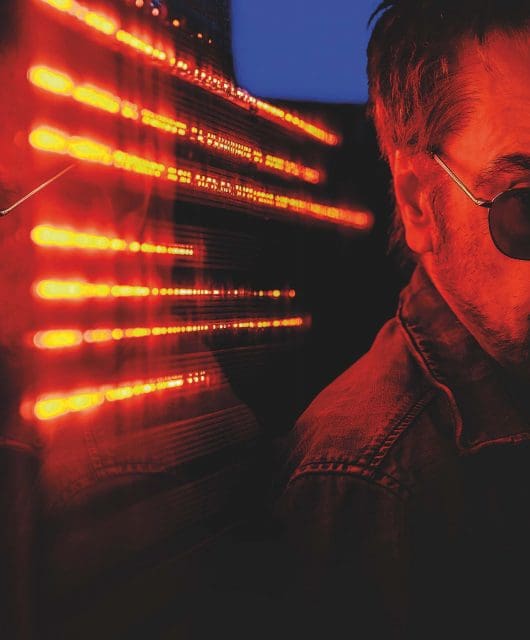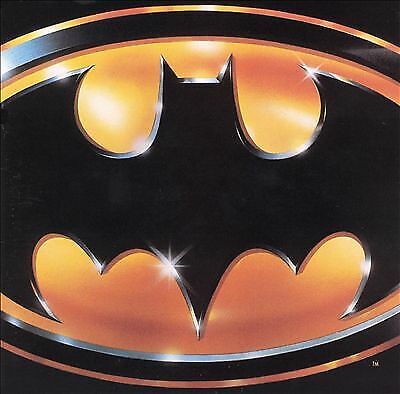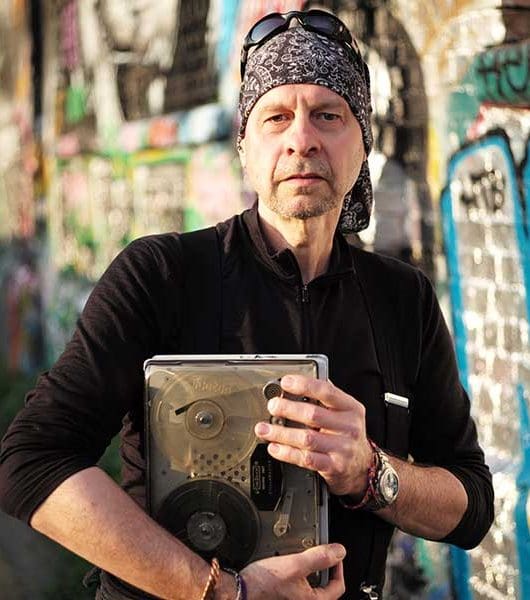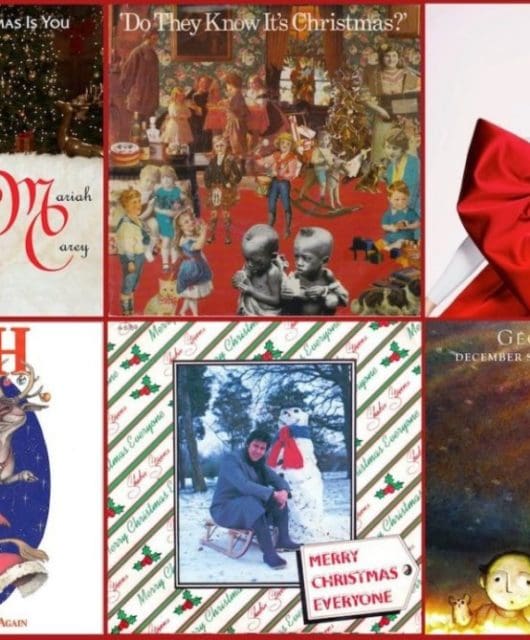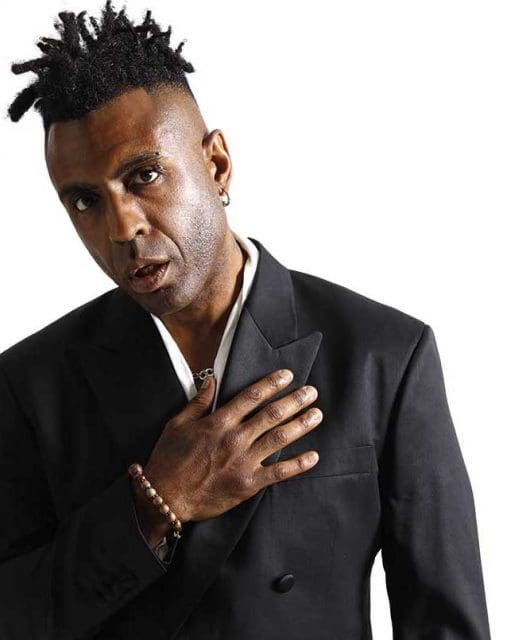Classic Album: Madonna – Madonna
By Mark Lindores | February 26, 2015
The debut album by Madonna helped to pioneer a new wave of pop, based on the sound of the New York underground. More importantly, it launched the career of a woman who’d go on to become a global icon…
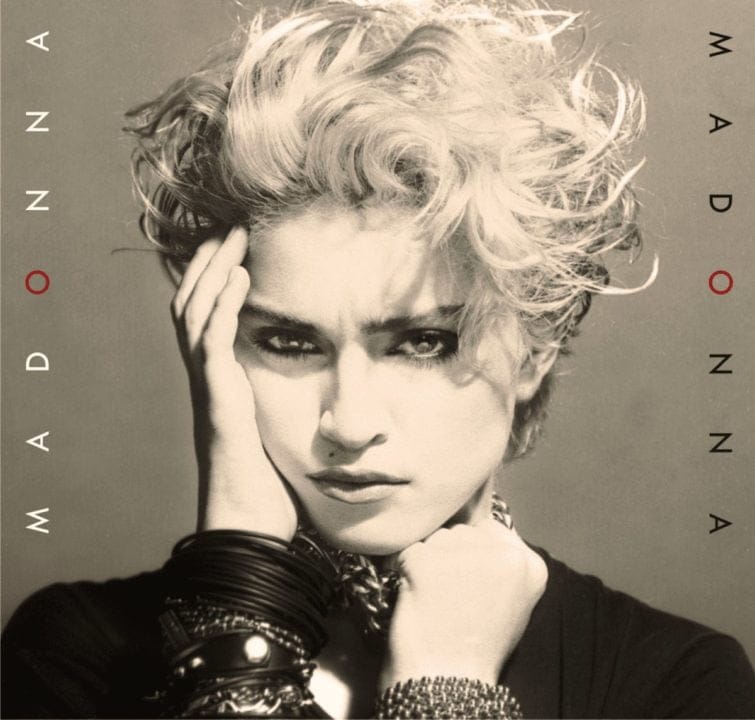
When Madonna appeared on US TV show Dick Clark’s American Bandstand in 1984, professing that she was going to “rule the world”, few would’ve predicted that she’d go on to do just that.
After all, the throwaway dance-pop track that she performed, Holiday, was no Imagine and her self-assuredness bordered on arrogance, leading many to surmise that this would be the first and last time they’d hear of her.
However, the ruthless ambition displayed that night would result in Madonna establishing herself as the most successful female artist in history, still selling out stadiums nearly 30 years on.
Madonna had fled her native Detroit six years earlier, aged 19, to fulfil her dream of becoming a professional dancer. Legend has it that she arrived in New York City with just $35 and her ballet slippers.
She supported herself by dancing, working at Dunkin’ Donuts and modelling nude by day, before embracing the city’s effervescent nightlife after dark.
By 1982, New York’s club scene had outgrown the coke-fuelled decadence of the Seventies, epitomised by the likes of Studio 54.
Now, nightspots such as Paradise Garage, Funhouse, Mudd Club, The Roxy and The Limelight were eschewing VIP lounges and velvet ropes, allowing different subcultures – black, white, Hispanic, gay, straight – to party in unison.
Danceteria was the epicentre of this scene and,as a resident DJ at the club, Mark Kamins determined the beat that New York grooved to.
One night, Madonna entered his DJ booth with a four-track demo tape that she’d written and recorded. The singer was already familiar to Kamins.
- Read more: The rise of Madonna
“She was always on the dancefloor,” he recalls. “She had a tremendous need to perform – when she danced, people watched.” Kamins listened to the tape and one track in particular, Everybody, grabbed his attention. He played it immediately to gauge the reaction of the packed dancefloor.
“I liked it and the floor liked it,” Kamins says. “I was doing A&R for Island Records at the time but they passed on Madonna. I’d also been working with David Byrne and Talking Heads, so I had a relationship with some people at Sire [a subsidiary of Warner Brothers].
“I took her to Seymour Stein, who was in hospital recovering from surgery, and he signed her on the spot. I produced Everybody and my producing career took off from there.”
A pounding slice of disco-funk, the single shot to the top of the dance charts, though nobody outside of Madonna’s clique knew who it was by.
In fact, it was presumed that she was black (the sleeve didn’t feature her photograph) and, for a while, she became known as “the only white girl played on black radio”.
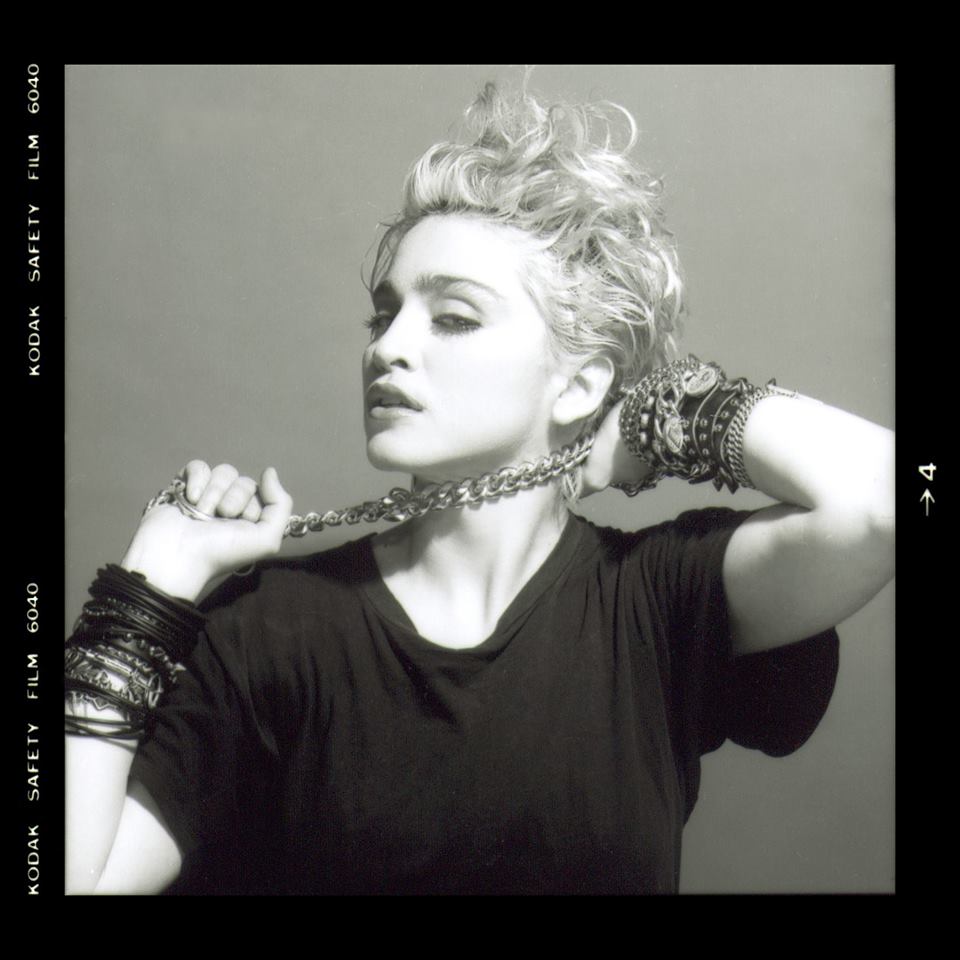
Buoyed by the success of Everybody, Madonna was eager to get into the studio to begin work on her debut album.
She’d written some songs with Stephen Bray, a friend from Detroit, and Warner hired producer Reggie Lucas, a protégé of Miles Davis who’d achieved chart success producing tracks for Roberta Flack, Stephanie Mills and Phyllis Hyman.
However, Lucas was soon to discover that Madonna had strong ideas about how she wanted the record to sound.
“Often, an artist won’t be present – they’ll go shopping or something, and I’ll finish the track,” he says. “But Madonna wasn’t like that. She was in the studio the entire time, taking in everything.”
The pair clashed during the sessions, Lucas frustrated that Madonna was too critical of his work (“I had to say to her, ‘Madonna, you HAVE to let me produce the record!’”) and Madonna concerned that the tracks were over-produced and too similar to stuff she’d heard before (“I thought Reggie would be able to push me because he’d worked with great singers such as Roberta and Phyllis. The problem was that he wanted to make me sound like them”).
Once the sessions were complete, Madonna took the tracks to John “Jellybean” Benitez, DJ at Funhouse (and the singer’s future boyfriend), and asked him to help forge her musical identity.
“She asked me to do a remix of a song called Physical Attraction, because [the record company] wanted that to be her next single,” he recalls. “So I did that and a couple of other tracks. She liked them and the record company liked them.
She’d also written a song with Stephen Bray called Ain’t No Big Deal, but he’d sold it to Epic for another act, so Madonna couldn’t include it and needed another song for her album.
“I had a demo of a song called Holiday, which I played for her. She loved it. I’d mixed a ton of records before but never produced one from scratch.
“So Holiday by Madonna was the first song I ever produced. Needless to say, it changed her life and it changed mine because I started getting a lot more calls to do remixes and produce other artists.”
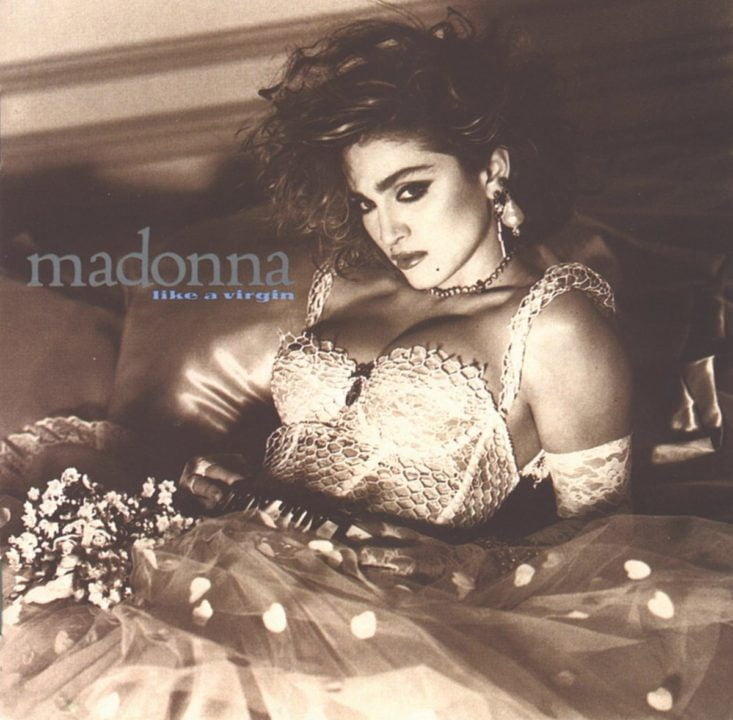
Madonna’s eponymous debut album was released on 27 July 1983 to largely positive reviews. It heralded a new era of dance music populating the mainstream, fusing irresistible pop and R&B hooks with club-friendly beats, utilising the latest technology.
The album entered the Billboard chart at number 123 and climbed gradually as Madonna embarked on an extensive promo tour, often playing three clubs in one night.
Her act consisted of singing along to backing tracks and performing a series of choreographed routines with her back-up dancers, Martin Burgoyne, Erica Bell and Christopher Ciccone (Madonna’s younger brother).
- Read more: Remembering Truth Or Dare
- Read more: The videos of Madonna
Following a trek across the US, which helped Madonna to peak at number eight in October 1984, having sold 2.8 million copies, Madonna made her first visit to the UK to promote the album.
As well as a seemingly endless round of interviews and photo shoots for magazines such as Smash Hits, The Face, Sounds, Record Mirror and i-D, she performed a showcase at Camden Palace, and performed Holiday on Top Of The Pops and The Tube (famously filmed in The Haçienda in Manchester).
However, the UK public’s lukewarm reception left her dismayed. In his book, Living With My Sister Madonna, Christopher Ciccone recounts how the “uncool”, “straight” and “listless” audiences were perplexed by Madonna, going so far as to throw food at her at The Haçienda.
On her return to the US, Madonna was keen to embrace MTV, the revolutionary new platform for promoting music. Despite having played clubs for months on end, she felt that she was only reaching a small portion of her potential audience.
“Kids worship,the TV today,” she said at,the time, “so making videos,is a great way to reach them and other people who maybe wouldn’t have the chance to see you live.”
The video for her fourth single, Lucky Star, released in September 1983, served as the perfect introduction to Madonna.
For many people, who were seeing her for the first time, it was a shocking revelation that the voice they’d heard on the radio wasn’t, in fact, a black artist but a white girl.
- Read more: Making Madonna’s Like A Virgin
The video’s iconic opening shot, a close-up of Madonna taking off her shades, gives way to the singer gyrating in front of a white background, exuding star quality and a potent sexuality, with Christopher and Erica dancing behind her.
The video gave the singer her first taste of controversy – something she’d court throughout the next three decades – with some viewers enraged that someone calling herself Madonna was emanating such a sexual image (little did they know at the time that Madonna was her birth name).
Despite this, the video became one of the most requested on MTV and sent Lucky Star to number four on the Billboard chart, giving Madonna her first Top Ten single.
The video also highlighted Madonna’s unique sense of style. Her tousled hair, cropped tops, cut-off tights, rubber bracelets and lace gloves became synonymous with her, and she pioneered the underwear-as-outerwear trend.
Her look was streetwise, provocative and attainable for her growing army of fans, who soon copied their idol’s every fashion statement.
“It tripped me out to see people dressing like me,” Madonna told MTV in 1998. “I’d been dressing that way for years and then, suddenly, it became this fashion statement. Those things always happen by mistake – you can’t pre-meditate something like that.”
- Read more: The Lowdown: Madonna
It was around this time that Madonna’s close friend Maripol, a stylist and jewellery designer, began providing the singer with pieces to wear for photo shoots and public appearances – including that infamous “Boy Toy” belt buckle.
“My source of inspiration was always the street, which was why I did the industrial jewellery,” says Maripol. “We were in the middle of punk at that time, and the crosses looked great with the chains and the safety pins. Then, around the release of Like A Virgin, I was hired as her stylist.”
Madonna’s fans (known in those days as Madonnabes) couldn’t get enough of it. So much so that in 1985, Macy’s department store in New York – which dedicated an entire floor to the singer called “Madonnaland”, held a lookalike contest judged by Maripol and Andy Warhol, himself a Madonna fan.
Madonna’s image became a huge talking point, giving her the chance to partake in one of her favourite pastimes – manipulating the media with amusing soundbites.
When asked if her crucifixes, given to her by Maripol, were a symbol of her strict Catholic upbringing, Madonna explained that she liked wearing them “because they have a naked man on them”.
Settling into her role as pop’s premier provocateur, Madonna shot her video for fifth single Borderline with director Mary Lambert, the first collaboration of a string of iconic clips that would include Like A Virgin, Material Girl, La Isla Bonita and Like A Prayer.
Borderline was Madonna’s first video with a narrative, telling the story of a girl torn between her boyfriend and a rich photographer. The video raised eyebrows, as it featured an interracial relationship between Madonna and an Hispanic man.
Like its predecessor, Borderline was a regular feature on MTV, ensuring yet more sales for the album.
In fact, such was the success of Madonna in the States that the singer had to delay the release of her next album (the Nile Rodgers-produced pop juggernaut Like A Virgin) by six months.
Interestingly, it was only after the release of that follow-up that Madonna made a significant impact in the UK.
Following the monumental worldwide success of Like A Virgin, the insatiable demand for more Madonna prompted her record label to repackage her debut long-player as The First Album.
And finally, the UK caught up with those early hits. In August 1985, Madonna occupied the top two spots in the UK singles chart, with Into The Groove and Holiday, while Crazy For You also made the Top Five.
On that ill-fated first trip to the UK, Madonna moaned that her audiences couldn’t work out who she was, to be able to identify with her.
“Warner don’t know whether to push me as a disco artist because of my music, or as a new-wave artist because of the way I look,” she said. “I think maybe there should just be another category for me.”
- Want more from Classic Pop magazine? Get a free digital issue when you sign up to our newsletter!


